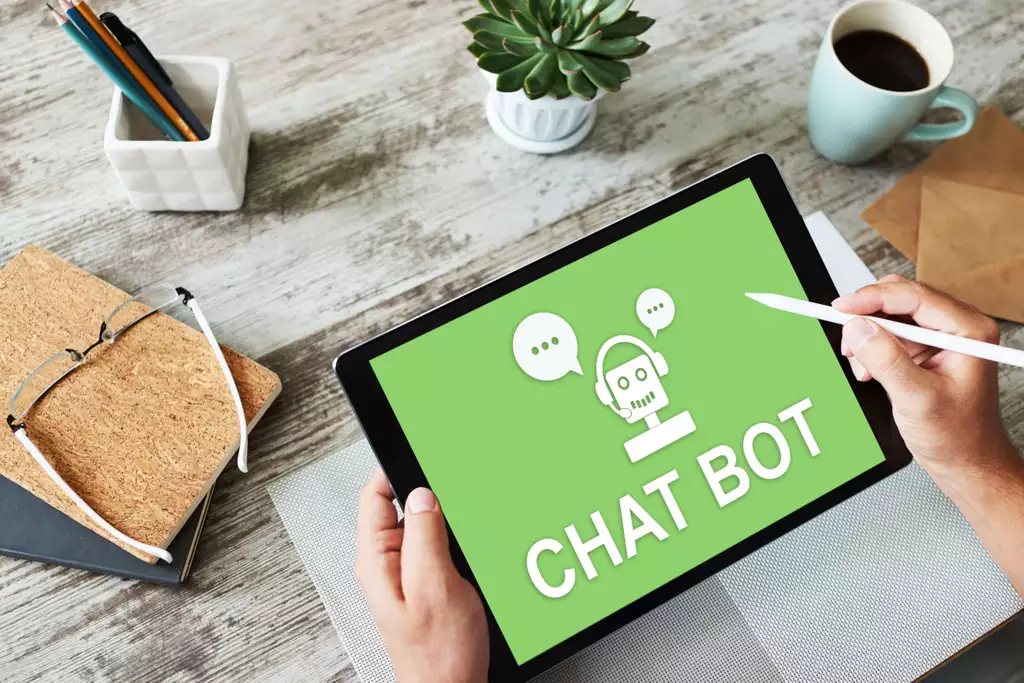Nowadays, using a dialog style to present educational materials is nearly standard practice that is possible thanks to quickly transferring this information, immediate response, and round-the-clock assistance. Therefore, the employment of chatbot education — computer programs built on the foundation of neural networks and machine learning technologies, which carry on a conversation via auditory or text methods — is growing in popularity.
Using a virtual assistant for e-learning
All educational levels are continuing to adopt the digital learning model. Therefore, numerous e-learning brands wonder how does education institution chatbot work and how to use chatbot for education. Despite widespread digitalization, users in online audiences are confused when there is little assistance or response. Virtual assistants as learning assistants help in bridging this gap.
Chatbots are a potential tool in the e-learning market. There are many active online services since they assist each student individually, according to their level and rate of learning, making education available to nearly everyone.

Applications of education bots
There are several chatbot use cases in education. They are employed in a variety of contexts:
- Student help. AI chatbot education will respond to students’ inquiries and offer organized knowledge about a subject using AI technology.
- Easy sign-up for the course. Virtual assistants gather information about students during enrollment and update their profiles when new information becomes available.
- Information resource. Educational chatbot education is a great way to keep students informed about homework and important schedules.
Among other chatbot applications in education, they will soon learn to check text for logical and factual flaws. When there are no indications of critical thinking in the text, the bot instructor identifies this and provides solutions.
Top advantages
Virtual assistants have successfully shown how handy they can be. The following are the key benefits of virtual assistant use:
- It recognizes students’ emotional states, which chatbot education may use to modify its responses by changing their vocabulary or adding a joke.
- It provides individualized instruction that adjusts to the student’s rhythm and is tailored to meet his unique demands.
- In chatbot education marketing, when a virtual assistant offers quick, pre-made responses to frequently asked queries by students, this enhances the user experience of the learner.
Additionally, bots provide the convenience of not having to manually do certain tasks and easily integrate with existing systems and databases.
Popular examples
The usage of assistants is spreading across many industries, and conversational AI is transforming how e-learning businesses interact with their clients in various areas. These are a few education chatbot examples:
- Course inquiries. A chatbot for education processes the request and connects users to the appropriate information, whether they want additional course details, scholarships, etc.
- Assistance with registration. If you’re seeking ways to encourage students to enroll in classes, using a chatbot is helpful. Because it automates the processes and does not require direct human involvement, it can decrease administrative time and expenses.
- Feedback. An excellent teacher is aware of the student’s strengths and development areas. Teachers need more time to oversee each student’s curriculum properly. The issue can be solved by a feedback-focused AI chatbot for higher education.
- Students support. All inquiries must get timely and accurate responses before enrollment, throughout the course, and after completion.
- Engagement of students. Chatbot in education can encourage learning and provide answers to typical inquiries. The Norwegian educational chatbot Differ connects students with valuable materials or conversation opportunities.
Also, a chatbot can aid teachers in the classroom. The use of education industry chatbot as teaching assistants can make it simple to do repetitive activities.
The future of AI virtual assistants in education
As technology develops, chatbot for edtech is anticipated to become increasingly sophisticated. Tutors can now determine if learners understand the subject they are studying. Investing in early detection systems might completely change the game by assisting students falling behind and allowing them to benefit from their chosen curriculum.
One of the most time-consuming responsibilities for a teacher is reviewing student works, but AI-powered bots might help to minimize the load. It may transform education and open up new educators’ career prospects.
How to build an education chatbot?
The use of AI in education is expanding as educational institutions invest more in this technology to enhance their offerings and provide higher-quality education. AI chatbot for higher education is a perfect illustration of how this technology may be used.
Consider using an AI virtual assistant to give your educational institution a contemporary superiority. You might create one yourself or have experts in the field. Unlike MetaDialog solutions, creating your product will take a lot of effort and may not perform the best results. To enhance your e-learning, the MetaDialog experts offer to deploy the finest virtual assistant. You may integrate chatbot technology in education into your approach and update your project by acquiring the most recent solutions from industry professionals.
